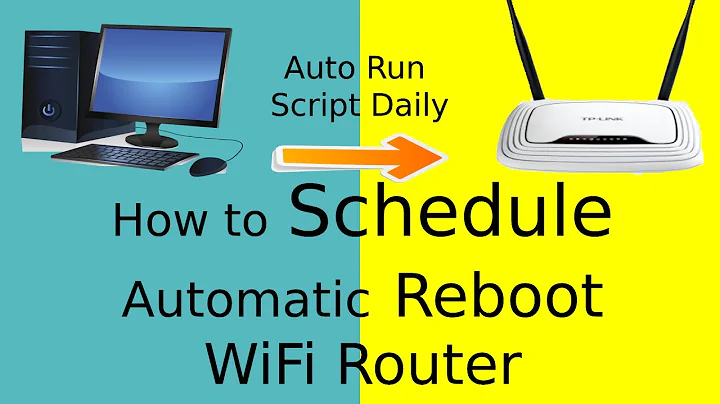How do I get my wireless to automatically start after reboot
Solution 1
I do not know about that wireless device in special, but I do know something about modules
Concerning the modules, the commands you posted seem a bit confusing, as they first remove the module "b43" and then load it again:
sudo modprobe -r b43 ssb
#this removes (-r) the modules "b43" and "ssb" if they are already loaded (see *man modprobe*)
sudo modprobe b43
#this loads the module "b43"
To load a module at boot time, add the module-name to the end of the file /etc/modules (you can edit the file executing sudo gedit /etc/modules, for more info see man modules and man modprobe)
To explicitly prevent loading a module at boot time, you can blacklist it, by adding the module-name to the end of the file /etc/modprobe.d/blacklist.conf
So maybe in your case, it could be enough to add "ssb" into /etc/modprobe.d/blacklist.conf
Try it out and share with us :)
Solution 2
Under 12.04 you just need to comment out blacklist bcm43xx in /etc/modprobe.d/blacklist.conf.
To do that, run this command in the Terminal:
gksu gedit /etc/modprobe.d/blacklist.conf
This will open the file in a graphical text editor. In the editor, find the blacklist bcm43xx line and put a # character at the beginning of it. Save the file and quit the text editor.
Solution 3
Instead of putting sudo modprobe b43 in the /etc/modules just put b43.
I also commented out the b43 line in /etc/modprobe.d/blacklist.conf.
This worked for me.
Related videos on Youtube
Roger
Updated on September 18, 2022Comments
-
Roger over 1 year
I am running Ubuntu 11.10, and finally have figured out how to get my Broadcom BCM4306 wireless working. Unfortunately, I still have to enter the following commands "sudo modprobe -r b43 ssb" and "sudo modprobe b43" then enable networking and enable wireless every time after I reboot. Does anyone know how to make this process happen automatically?
Thanks for your help!
-
nilsonneto over 12 yearsI'm surprised that you need to do this - have you tried instructions such as this to ensure your wireless is automatically recognised? ubuntubuzz.com/2011/09/fixing-broadcom-43xx-wireless-card.html
-
-
Eliah Kagan over 11 yearsPlease note that when running graphical programs like
geditasroot,gksu/gksudo(orkdesudoin Kubuntu) should be used, instead of straightsudo.




